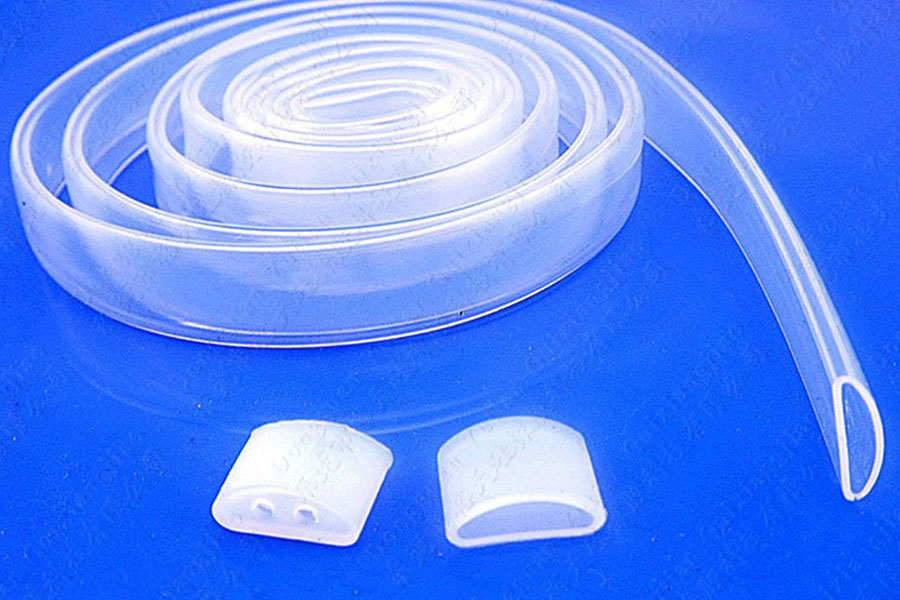The mechanical machining plant emphasizes that the machining must meet certain precision, which means that the actual geometrical parameters of the steel parts after machining are consistent with the idealized values required by the part drawings. The level of inconsistency among them is called production and machining deviation.
The precision of production and machining in mechanical machining plants includes three levels: on the one hand, the precision of specifications, which limits the standard deviation between the standards and standards between the two surfaces of the production and machining, and does not exceed the required range; The macroeconomic geometrical figures of the surface layer are deviated, such as roundness, cylindricity, parallelism, and straightness.
On the other hand, it is the precision of the mutual parts, which limits the deviations of the mutual parts between the standards of the two surfaces produced by the mechanical machining plant, such as coaxiality, flatness and parallelism. The precision of production and machining is the level of conformity between the main geometrical parameters of the actual specifications, appearance, and parts of the surface layer of the parts after production and machining and the main parameters of the idealized geometrical figure specified in the engineering drawings.
The main parameters of idealized geometric figures are mean specifications in terms of specifications; in terms of surface geometry, they are circles, cylinders, planes, spheres, and parallel lines; in terms of mutual parts in the middle of the surface , Is the parallel plane, vertical, coaxial output, symmetry, etc.
The offset standard values of the main geometrical parameters of the parts produced by the mechanical machining plant and the main parameters of the idealized geometrical figures are called production and machining deviations. The precision of production and machining and the deviation of production and machining are all professional terms for evaluating the main parameters of the surface geometry of production and machining. The precision of production and machining is considered with tolerance grades. The smaller the grade value, the higher the precision; the deviation of production and machining is expressed by the standard value. The larger the standard value, the larger the deviation.
